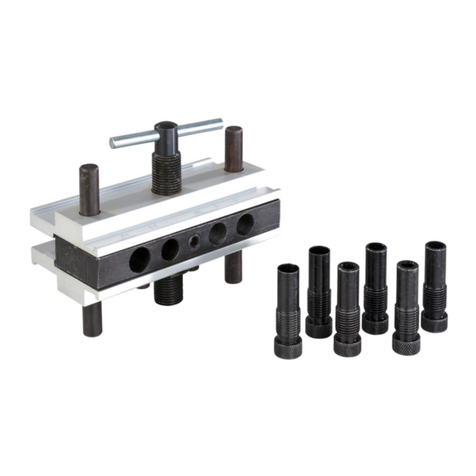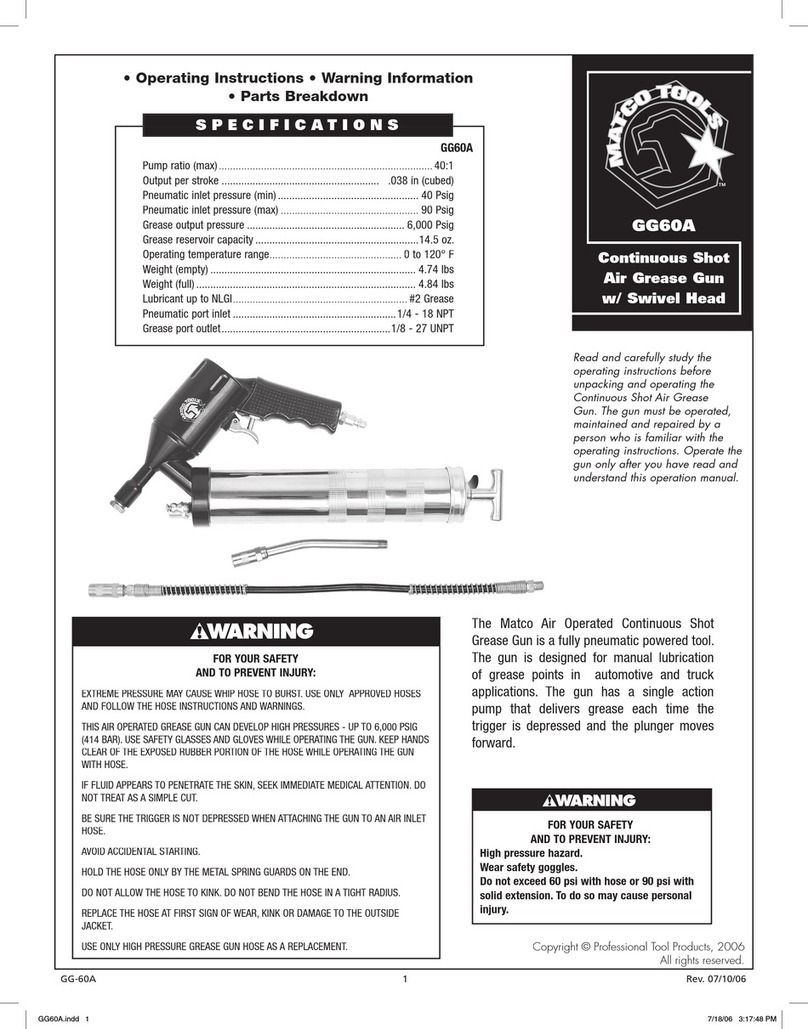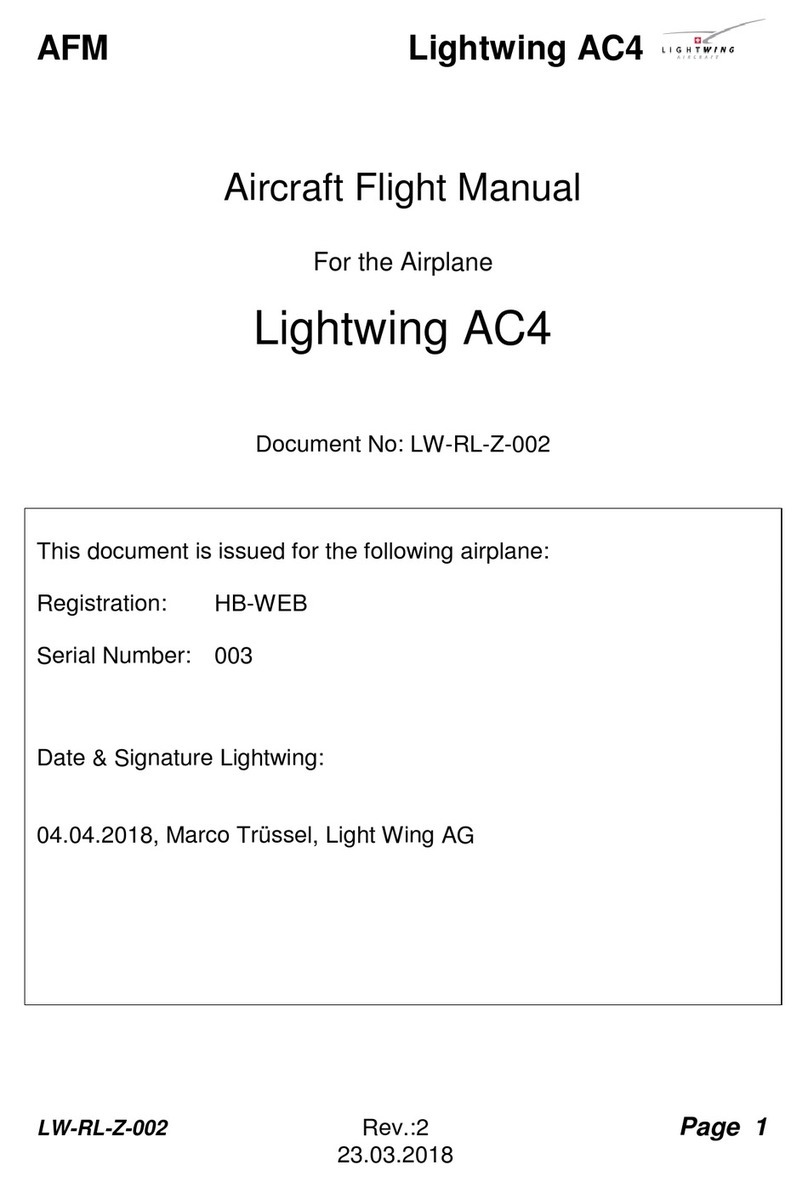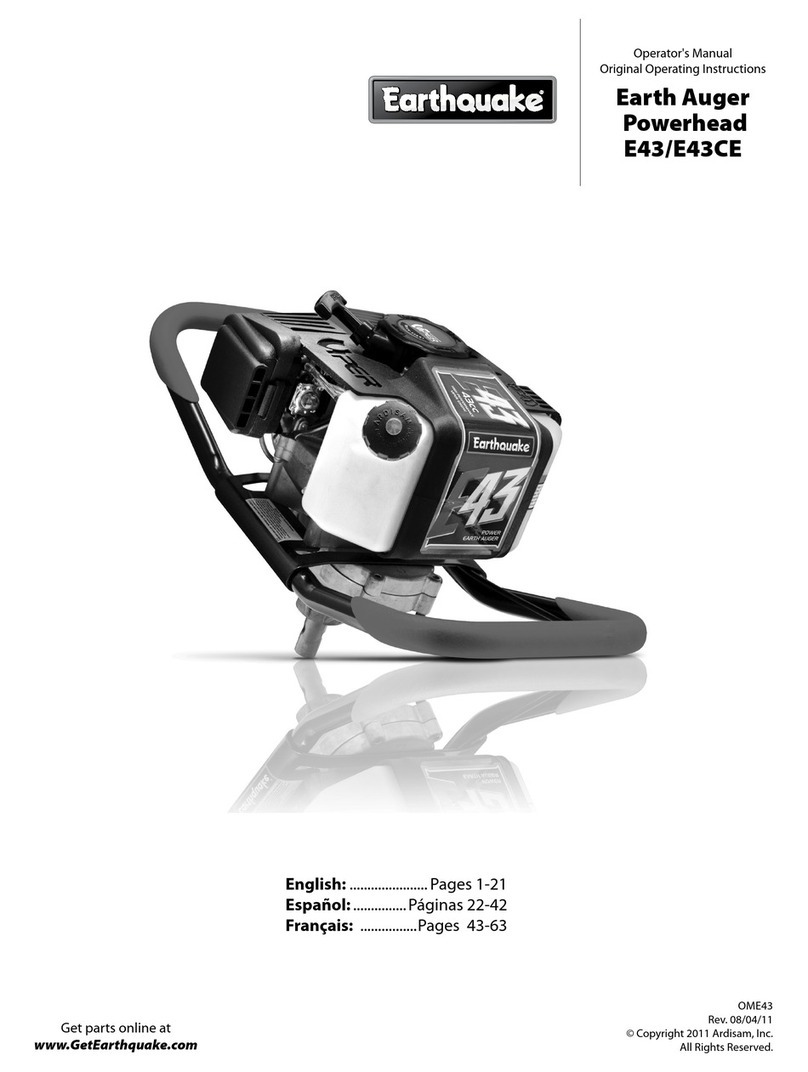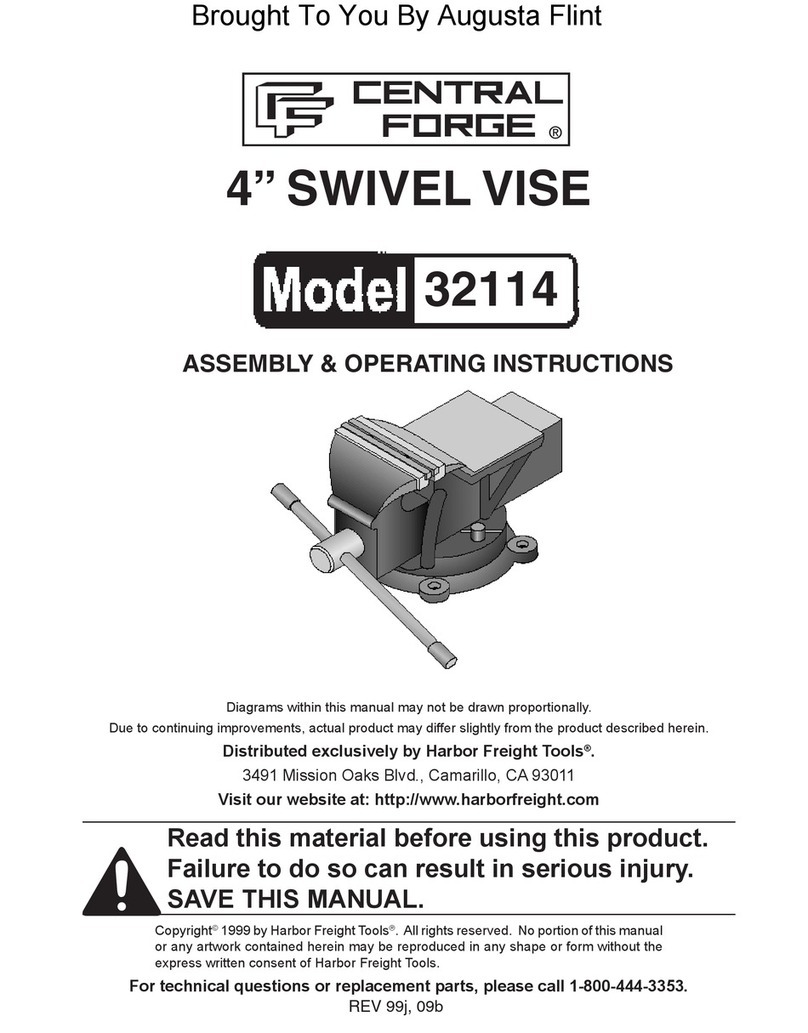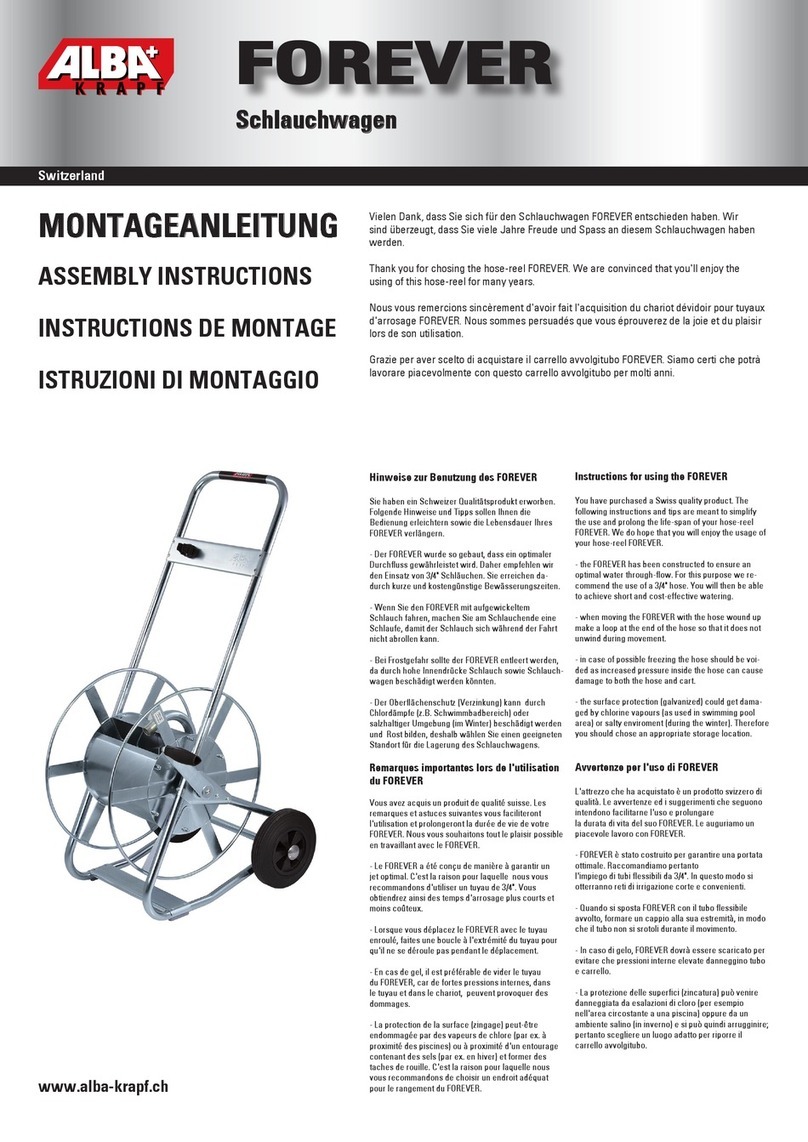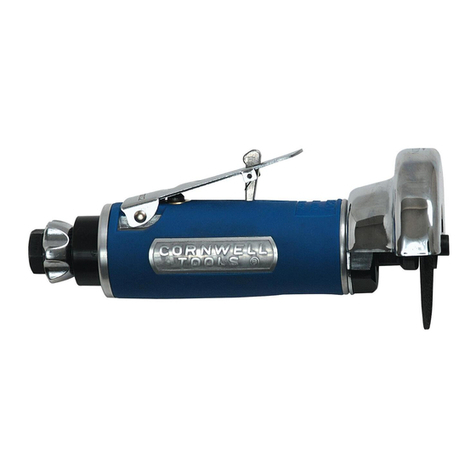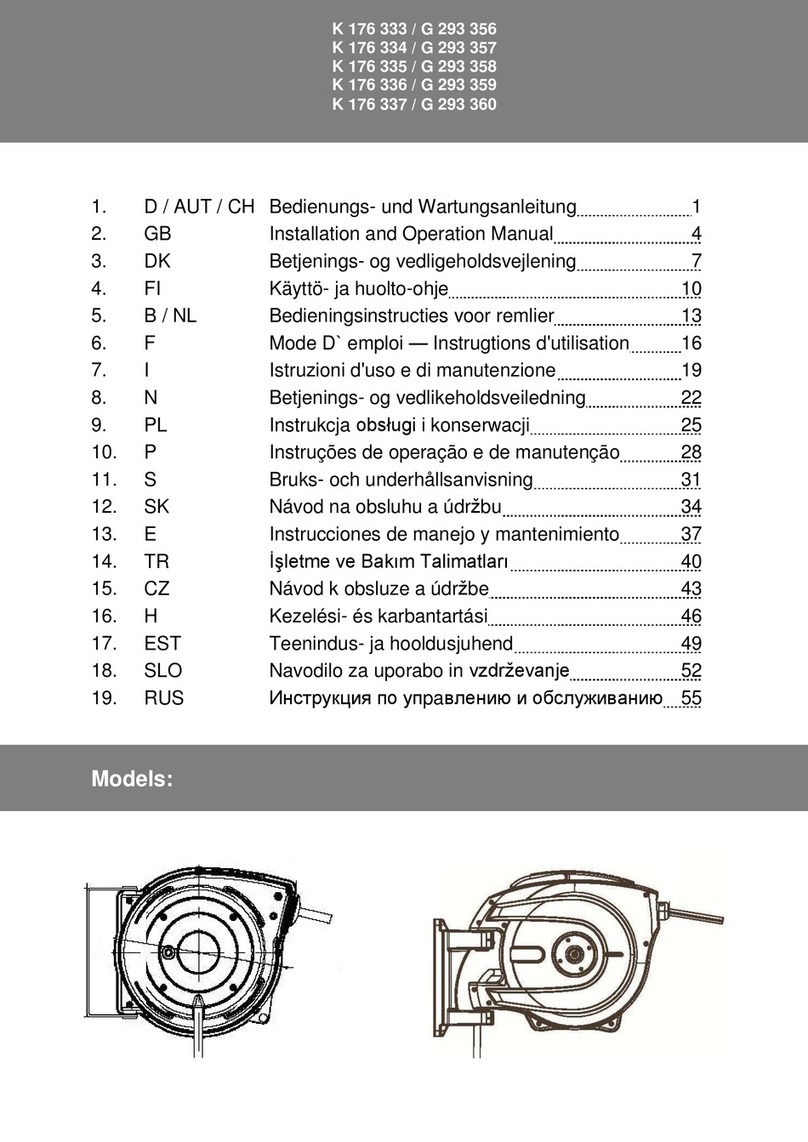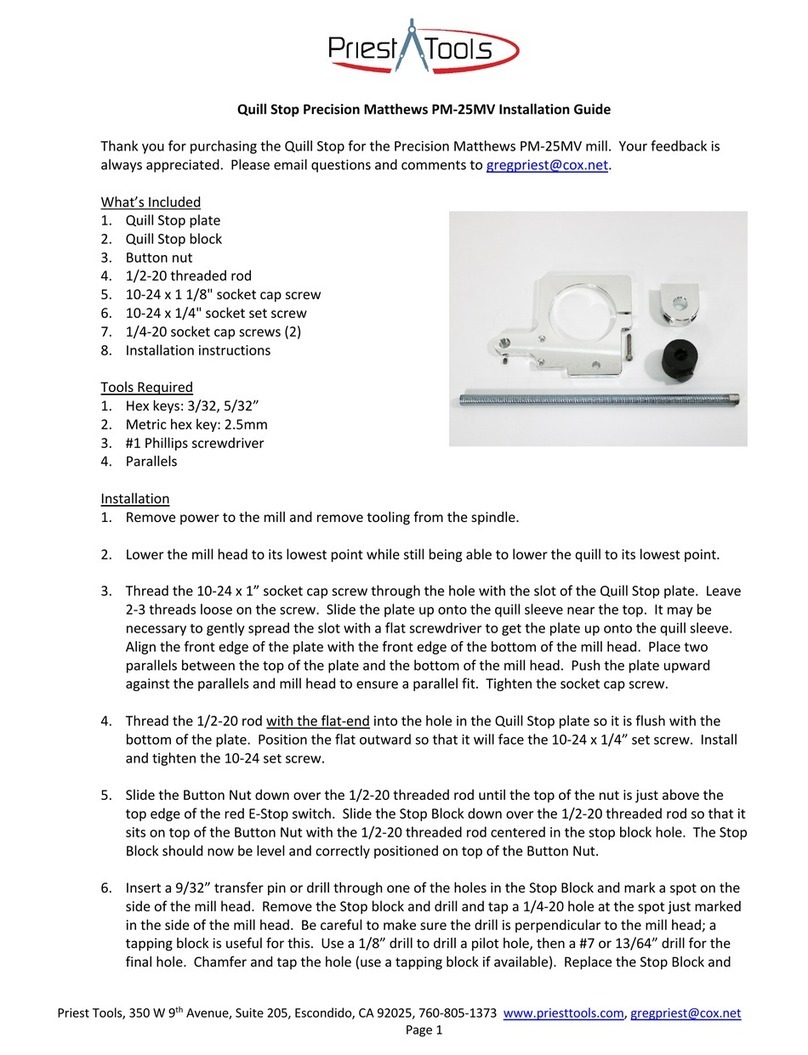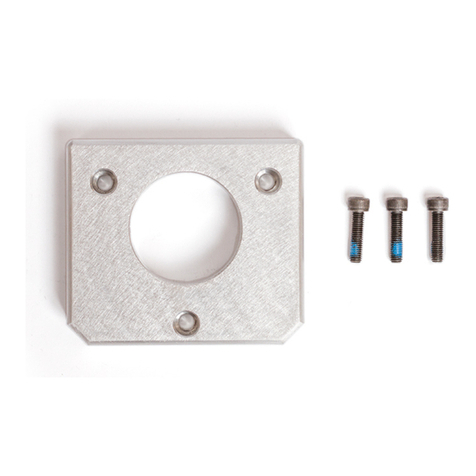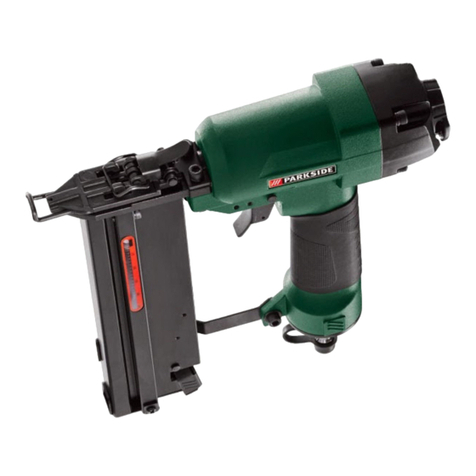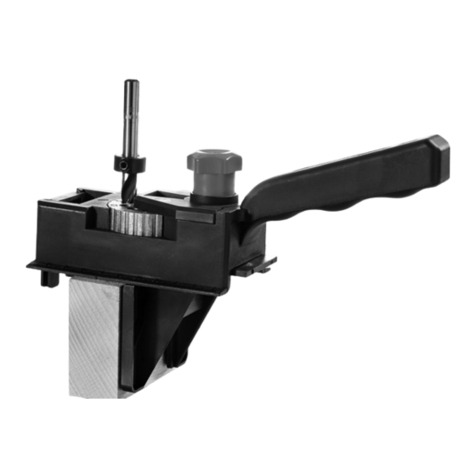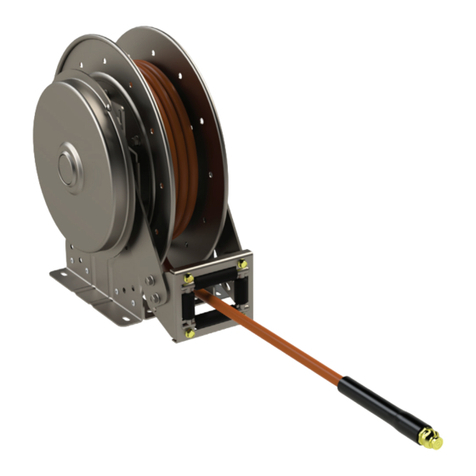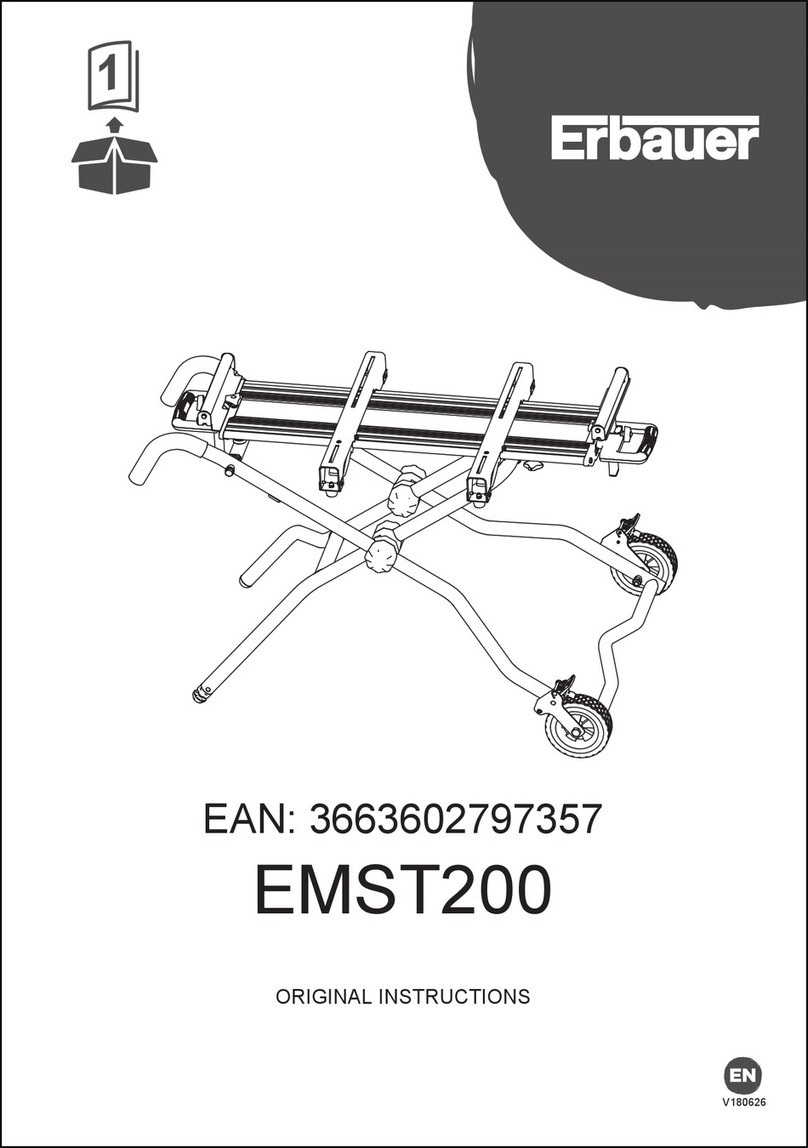
Quill Stop Precision Matthews PM-30MV Installation Guide
Priest Tools,
350 W 9th Avenue, Suite 205, Escondido, CA 92025, 760-805-1373 www.priesttools.com, gregpries[email protected] Page 2
5. Connect the two wires from the chip guard circuit with the supplied wire connector and tuck these
wires up into the mill head cavity so they will not interfere with the spindle.
6. The quill lock handle will be extended so it does not interfere with the Quill Stop plate. Remove the
quill lock handle from the mill head. Thread one of the supplied 8mm hex nuts onto the handle
thread, then the 8mm coupling nut, then the other 8mm hex nut. Tighten this assembly. Install the
quill lock handle.
7. Thread the 10-24 x 1” socket cap screw through the hole with the slot of the Quill Stop plate. Leave
2-3 threads loose on the screw. Slide the plate up onto the quill sleeve. It may be necessary to
gently spread the slot with a flat screwdriver to get the plate up onto the quill sleeve. Align the
front edge of the plate with the front edge of the bottom of the mill head. Place two parallels
between the top of the plate and the bottom of the mill head. Push the plate upward against the
parallels and mill head to ensure a parallel fit. Tighten the socket cap screw.
8. Thread the 1/2-20 rod with the flat-end into the hole in the Quill Stop plate so it is flush with the
bottom of the plate. Position the flat outward so that it will face the 10-24 x 1/4” set screw. Install
and tighten the 10-24 set screw. Center the threaded rod in the center of the stop block hole by
rotating the plate.
9. Slide the Button Nut down over the 1/2-20 threaded rod to any spot above the Stop Block and check
the operation of the Quill Stop by rotating the quill until the Button Nut contacts the Stop Block.
Minor adjustments may be made to the position of the Stop Block and the rotation of the Plate by
loosening the fasteners, adjusting, and re-tightening the fasteners. Congratulations, installation of
your new Quill Stop is complete!
Operation
The Quill Stop is simple to operate, simply press the button and
the nut disengages from the thread. Slide to the desired position
and release the button to engage the threads. Turning the nut
then allows for precision micro-adjustments of depth of cut.
The Quill Stop is great for doing chamfers. With the spindle
stopped and the chamfer tool in the spindle and centered on the
hole, lower the quill until the chamfer tool seats in the hole. Then
lower the Button Nut until it contacts the Stop Block. Rotate the
Button Nut clockwise a half-turn to back out of the hole a bit and
release the quill. Lower the spindle using the quill to make sure
that the chamfer tool is not contacting the part. Start the spindle
turning (150 RPM is recommended for chamfers) and lower the
spindle using the quill. Then start a cycle of rotating the Button
Nut counter clockwise in small increments while checking the
depth of the chamfer by lowering and raising the quill. This is a
great way to sneak-up on the correct chamfer depth.
